FROM GLOUCESTER CITY TO BROKEN HILL, NEW SOUTH WALES
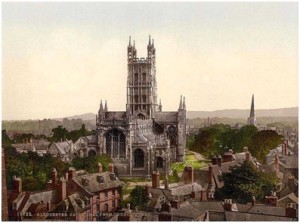
Gloucester Cathedral
My previous study stories have outlined the extraordinary lives of members of the Morse family who originated from Gloucestershire, England. We have looked at the lives of the two elder daughters of Richard and Ann Morse of the city of Gloucester and followed them as they left the shores of England for Australia in their twenties. Emily was the first to leave in 1863, with her husband Charles Jennings, followed by younger sister Frances on the Montmorency two years later. Frances had planned to join Emily in Sydney but disembarked at the wrong port and spent the rest of her life in the outback while Emily sought fame in the cities of with her second husband, William Holloway, established the famous Holloway Theatre, and whose daughter, Essie Jenyns, was the esteemed Australian Shakespearian actress of her day.
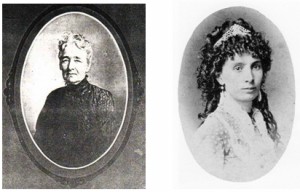
Frances and Emily Morse
The younger sister of Emily and Frances was Maria Margaret and, after the departure of her sisters, was living with her parents and brother, Roynon, at 7 Bedford Place, Bristol. In 1867, Maria married a Worcester born man almost twenty years older than her, Gulson Burlingham, who was from a Quaker family. They had eight children and settled in various parts of the country, moving from Bristol to Birmingham, Nottingham and Hereford.
In 1881 they are resident at Wells Road, Nottingham with children, Ethel Ann and Roynan Richard. Their other three children, Gulson, Edward and Margaret are boarders at a school in Grantham, Lincolnshire, a long way from Gloucestershire. In 1891 Gulson is ‘living on income’ at 25 Chandos Street, Hereford, but there is no sign of Maria. The reason was that she was probably on the other side of the world. From 1886 to 1888 for example she was regularly in the passenger lists sailing around Australia, usually with her sister Emily Holloway and family, and sometimes with her niece, Essie Jenyns, and her maid. They travelled saloon class and on 6 February 1886 she sailed on the Pateena with the Holloway Dramatic Company which included Mr and Mrs Holloway, Mr and Mrs Charles Holloway, Maria and two of her children and Miss Jenyns.
Whether Gulson and Maria had actually separated is not known but on Saturday 27th February 1892 the Queenslander newspaper reported that “Mrs Roy(sic) Burlingham, sister of Mrs W J Holloway and aunt of Mrs Woods (Essie Jenyns) is now in Melbourne again. Her sojourn in New Zealand has greatly benefitted her health.” It would seem that Maria was enjoying the high life in the company of her famous sister and family. Her husband Gulson died in Hereford in 1893 aged sixty three years.
While in Australia, Maria had met an English born man called Walter Sully who, since 1885, ran a large emporium at Broken Hill, New South Wales. On his retirement he decided to return to his roots after marrying Maria in 1898. The 1901 census shows them living in style at Teddington Hall, near to the Thames, in Surrey. Also with them is Maria’s daughter Ethel. They appear to be quite comfortably off, as the household consists of a parlourmaid, housemaid, cook and gardener.
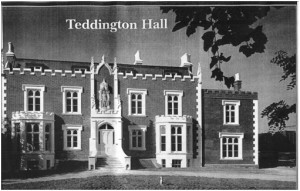
They did not actually own the property but rented it and the Kelly’s Trade Directories show them as being resident at the Hall from 1900 – 1908. Teddington Hall is described as “one of Teddington’s foremost period landmarks and boasts a quite exquisite Gothic style façade of red brick with stucco dressings, a crenellated parapet and a stone knight in armour in a first floor niche above its magnificent entrance.” The property is Grade II listed denoting it to be of special architectural and historical importance. Dating from about 1860 the house had several owners but gradually fell into disrepair and was later used as government offices. In 2004 it was restored to its former glory.
They later settled in London but there is evidence from the passenger lists that Walter travelled extensively to Canada, New York and Madeira and on 28th October 1907 the Brisbane Courier stated:-
“Mr and Mrs Walter Sully and Miss Sully of Broken Hill, South Australia and Teddington Hall, Middlesex are at present the guests of Mr and Mrs Ralph Clifton, Benyarra, River Road. They will leave today for Japan.” This indicates that they still had interests in Australia.
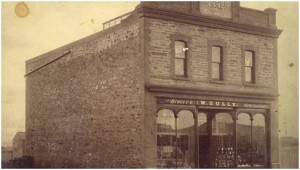
Walter Sully’s store in Broken Hill
In 1900, two of Maria’s sons from her first marriage set sail for Australia but in May 1901 tragedy struck, which was reported in the Adelaide Advertiser:-
“Mr Edward Gulson Burlingham, stepson of Mr Walter Sully, died of pneumonia at the hospital this morning after only two days illness. Deceased arrived from London in July of last year to gain colonial experience. He was about 24 years of age. His brother with whom he came to Australia, is now in Melbourne, attending the celebrations there.”
Walter died first in 1924 and probate was granted as follows:-
Sully Walter of the Constitutional Club, Northumberland Avenue, Middlesex, died on 20 June 1924 at 115 Ashley Gardens, Westminster, Middlesex. Probate was granted to Maria Margaret Sully, widow and Frank Carlisle, Luxton, Gentleman.
Effects £25,7692.13s.4d.
Maria died in London in 1931.
Maria’s son Gulson junior returned from Australia in 1922 and he died on 26th October 1929 at 102 Ashley Gardens, Westminster, Middlesex, near to his mother.
All three of the Morse sisters lived unusual lives, and it is thanks to the wonderful free Australian Trove newspaper site and its social and gossip columns that reports the comings and goings of its “celebrities”, the “Hello” magazine of its day, that we can get an insight into their lives. I am so proud of these pioneering women.
Janet Rigby
Member 1314
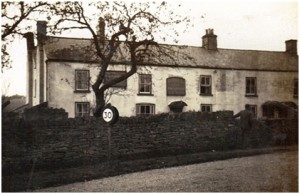
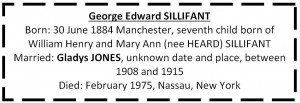


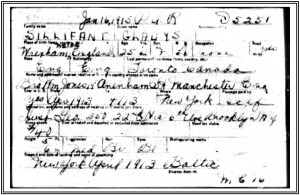
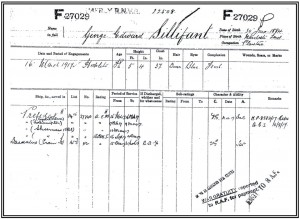
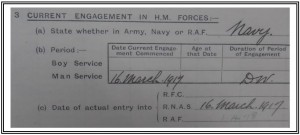
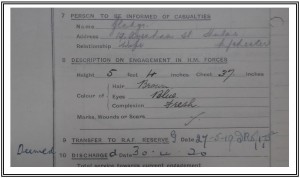
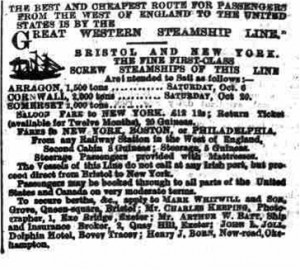
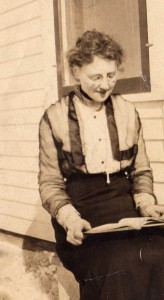 Elizabeth is said by her family to have been a school teacher to the Native Americans and personally knew Chief Sitting Bull.
Elizabeth is said by her family to have been a school teacher to the Native Americans and personally knew Chief Sitting Bull. 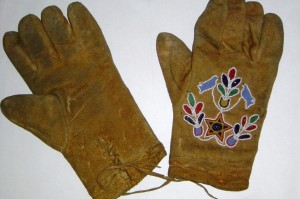
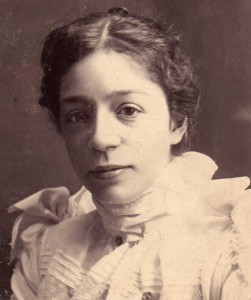 Winona (Elizabeth's oldest child) is known to have corresponded with her cousins in Frome from at least 1918.
Winona (Elizabeth's oldest child) is known to have corresponded with her cousins in Frome from at least 1918.